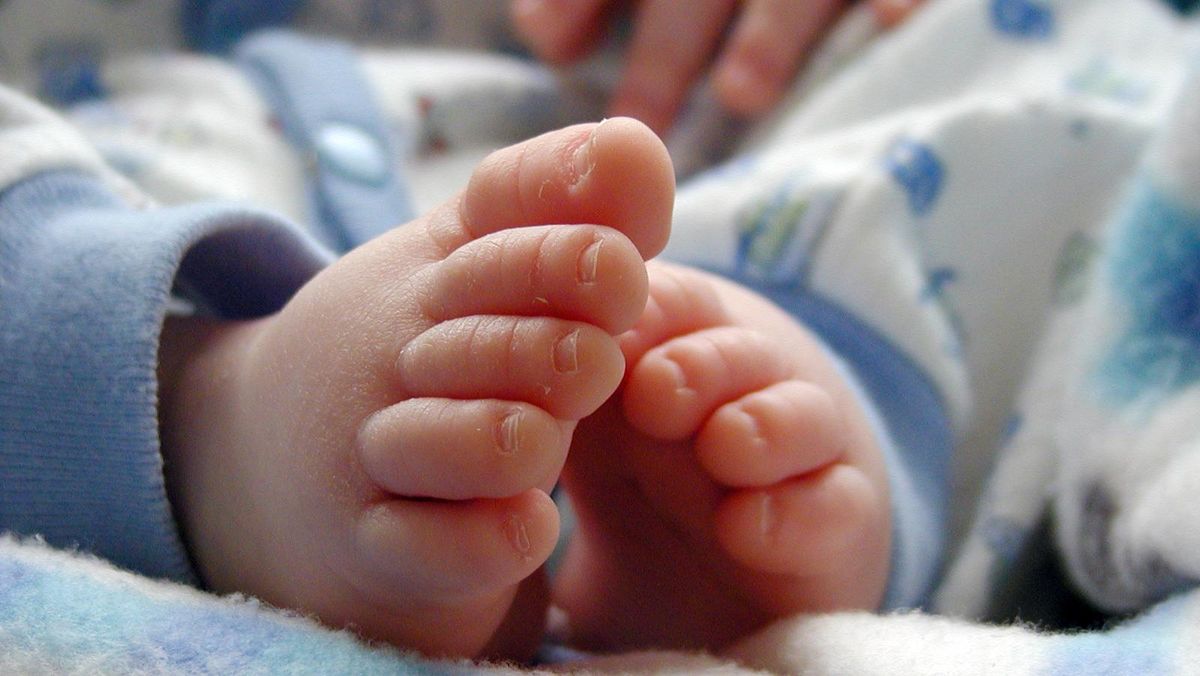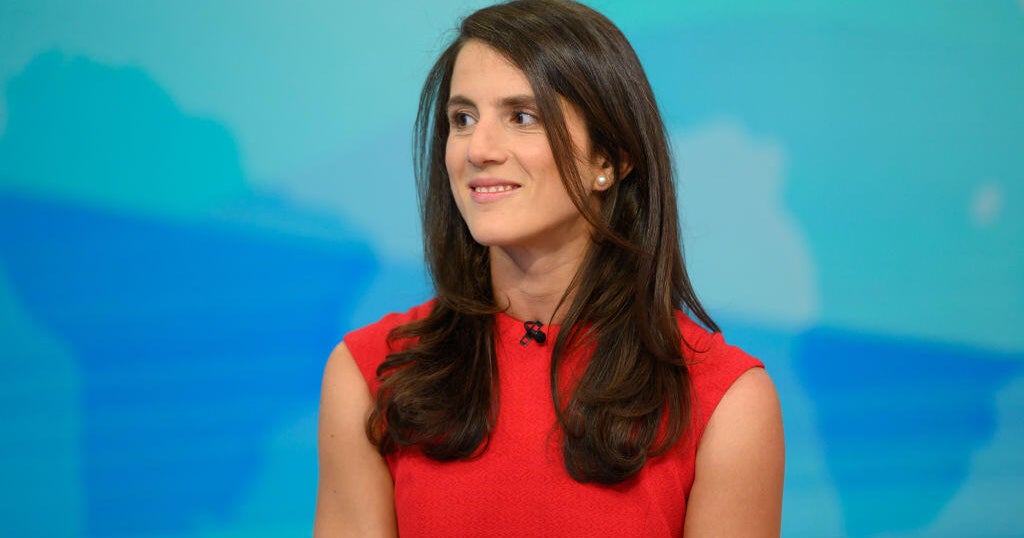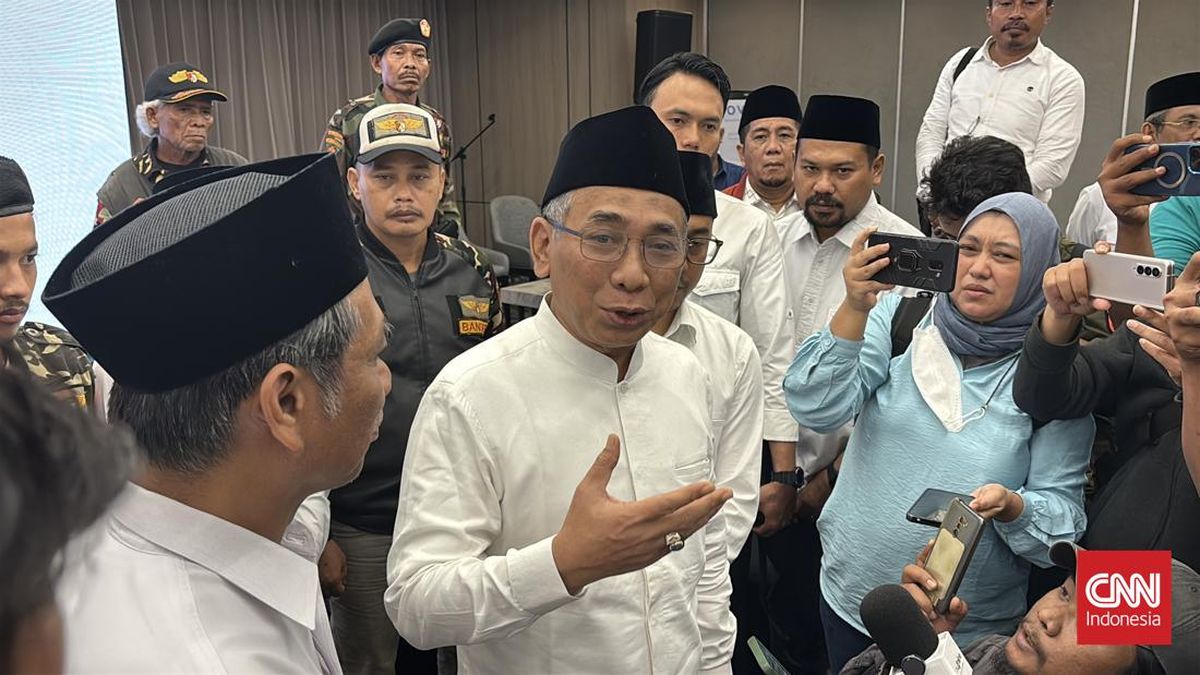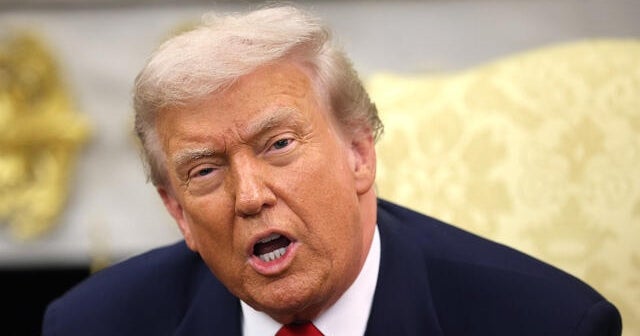“Mechanisms will include harnessing existing tax revenue collected within the precincts, along with additional measures to be progressed for detailed design and implementation,” the budget says.
SRL precincts are the areas roughly within 1.6 kilometres of each station, such as Burwood and Monash, where the state government is planning to boost density with more homes and jobs centres.
Victoria has previously committed to paying a third of the project cost from existing revenue and a third from value capture, and has asked the Commonwealth to pay for the remaining third. So far, the Albanese government has contributed just $2.2 billion for the project.

An artist’s impression of the SRL station at Monash University.
Infrastructure Australia has publicly questioned the Victorian government’s assumptions about value capture and this year advised the federal government not to provide further funding without “quantitative analysis” about how it would work.
“While we acknowledge the role value capture can play in funding infrastructure, there is insufficient detail in the submission to provide confidence that these mechanisms can provide such a large proportion of the required funding, presenting a major risk to the project,” its advice said.
The SRL business and investment case initially proposed three options for value capture – a charge on new developments, an increase on commercial stamp duty up to 1 per cent and a congestion levy paid by owners of commercial off-street paid car parks.
The Allan government has ruled out levies on homes but provided no further detail on its other options. The stamp duty and developer charges were expected to be in place by 2025. A government source confirmed developer charges for SRL precincts were still being planned.
The state government did not confirm or deny that it was considering earmarking a share of property taxes to help pay for its signature project. It did not respond to questions about whether homes would be exempt from such a policy.
“A combination of value capture mechanisms will support this in this city-shaping project and stimulate investment in SRL precincts,” a government spokesperson said. “This process has helped fund the City Loop and Sydney Harbour Bridge and is a feature of infrastructure projects nationally and overseas.”
SRL East will begin incurring significant costs early next year when tunnelling starts to create an underground rail line between Cheltenham and Glen Waverley. Tunnelling contracts to extend the line from Glen Waverley to Box Hill have already been signed.
Loading
The slice of Victoria’s existing tax take could sit in an SRL fund which would build up over time and offset costs. Laws are already in place which empower the rail loop authority to set up and keep project money, collect income from investments and receive cash approved by ministers or the treasurer.
The trade-off of hypothecation is that earmarking taxes for a specific purpose reduces the amount of money in general revenue available to pay for increasing costs of education, health and other essential public services. Victoria already has some hypothecated levies, including the Mental Health and Wellbeing Levy and Emergency Services and Volunteers Levy.
Property and development taxes are this year forecast to generate nearly $20 billion, about half of Victoria’s total taxation.
Former treasurer Tim Pallas last year told a budget estimates hearing that hypothecated taxes were not his preferred method of raising revenue.
“Ask any treasurer, and it does not matter what their political colour is, they will tell you they do not really like hypothecation of taxes, because it cuts down the capacity and the ability of governments to respond to the needs of the community at any given time,” he said.
Joe Langley, an urban planner who has helped design value capture schemes for NSW government transport projects, said carving off a slice of stamp duty or other taxes raised within SRL precincts missed a greater opportunity.
“You’re not really getting to the nub of the increases created by the public investment – it’s the land value that changes,” he said. “The best way of doing it is a land tax on unimproved value as the basis of capturing the uplift.”
Langley, who is secretary of the tax reform group Prosper Australia, said it would be possible for the SRL to raise one-third of its construction cost through value capture if it had the right mechanisms in place.
“But I’d be very sceptical that the approach they’re taking will do that,” he said.
Loading
NSW is forecast to raise about $280 million through its charge of $17,577 per new home in developments around the new Pyrmont Metro station in Sydney, which Langley said could cover as much as 20 per cent of the cost of building the station.
However, he said Victoria had already missed the opportunity to tax the full value uplift around SRL stations by waiting at least seven years after announcing the project to do anything, meaning land has already been bought and sold at values that assume the rail line is built.
Langley said a developer charge was a less effective but still feasible option to help fund the project.
Opposition major projects spokesman Evan Mulholland said the hypothecation proposal was not value capture but taking money from general revenue.
“This is a desperate attempt by a debt addicted government to try to fund a project it can’t afford,” he said.
“This latest loopy idea is evidence the government’s ‘value capture’ funding model is as hollow as the state treasury is empty.”
Start the day with a summary of the day’s most important and interesting stories, analysis and insights. Sign up for our Morning Edition newsletter.


















































